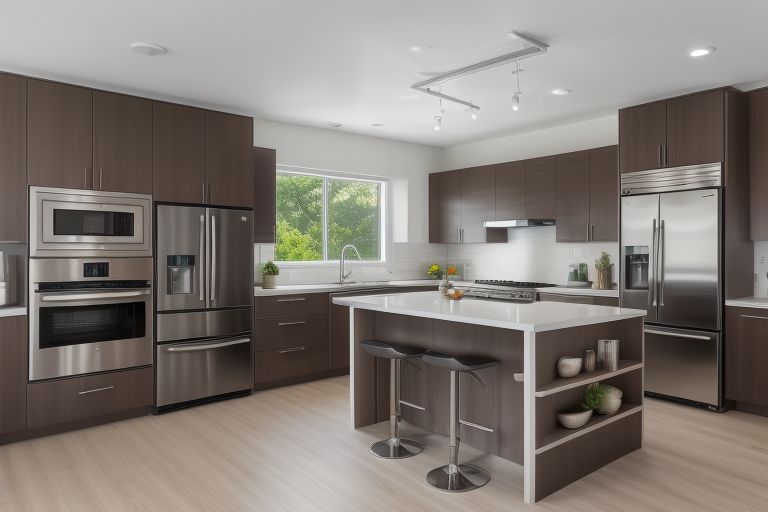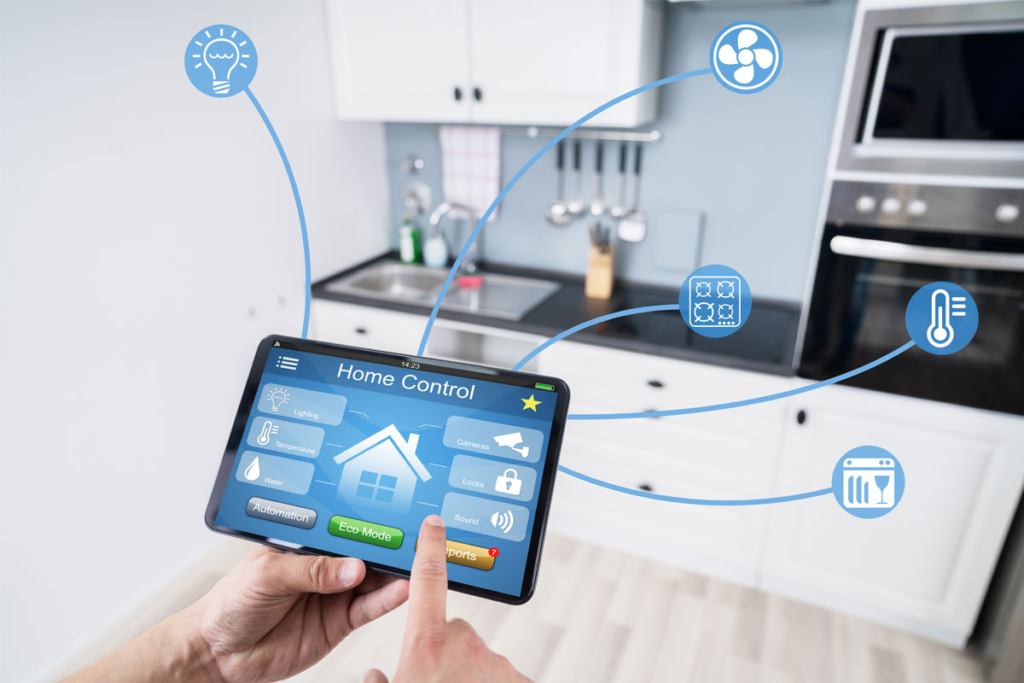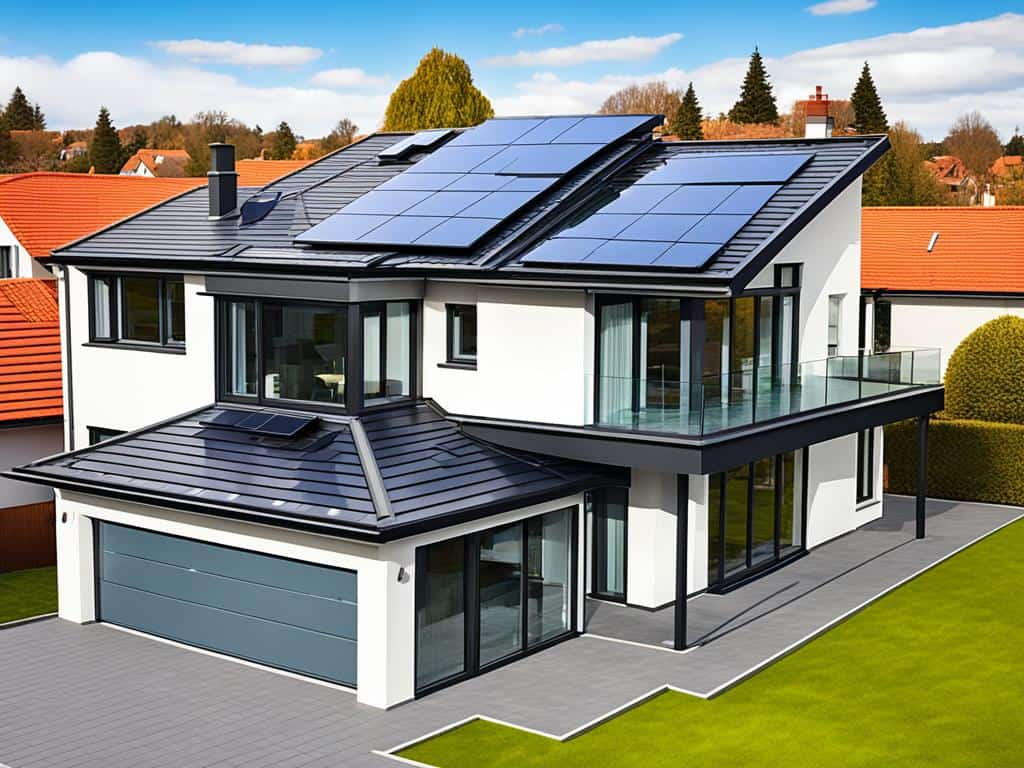Top Tips for Energy-Efficient Interior Design
In an era where sustainability is a priority, designing energy-efficient interiors is not only an environmentally conscious choice but also a cost-effective one. By incorporating smart design principles and energy-saving technologies, you can create a home that is both beautiful and eco-friendly. Here are the top tips to help you achieve energy-efficient interiors without compromising on style.
1. Maximize Natural Light

Natural light is a free and renewable resource that can reduce your reliance on artificial lighting. Properly designed interiors can maximize the use of daylight, saving energy and creating a bright, inviting atmosphere.
Tips to Enhance Natural Light:
Use large windows, skylights, or glass doors to allow ample sunlight into your rooms.
Opt for light-colored curtains or blinds that diffuse light without blocking it.
Position mirrors strategically to reflect and amplify natural light.
Example:
A living room with floor-to-ceiling windows and strategically placed mirrors can stay illuminated throughout the day without the need for artificial lights.
2. Choose Energy-Efficient Lighting

Switching to energy-efficient lighting is a simple yet effective way to lower electricity consumption. LED and CFL bulbs consume significantly less energy compared to traditional incandescent bulbs.
Best Practices:
Install dimmer switches to adjust light intensity based on your needs.
Use task lighting, such as under-cabinet LEDs in the kitchen, to focus light where it’s needed most.
Incorporate motion sensors or timers to turn lights off automatically when rooms are unoccupied.
Interior Design Idea:
Pendant lights with energy-efficient LED bulbs can add a stylish yet sustainable touch to your dining area.
3. Invest in Energy-Efficient Appliances

Invest in Energy-Efficient Appliances
Modern appliances with high energy ratings are designed to use less electricity while delivering optimal performance. When selecting appliances, look for energy-efficient models with a certified energy star rating.
Examples:
Use an inverter refrigerator and air conditioner to save energy.
Choose induction cooktops over traditional gas stoves for energy efficiency.
Tip:
Integrate built-in appliances into your kitchen design for a seamless and space-saving look.
4. Use Insulation and Energy-Saving Windows

Proper insulation reduces energy loss, keeping your interiors warm in winter and cool in summer. Double-glazed windows further enhance insulation and reduce energy consumption.
Insulation Ideas:
Install thermal curtains or blinds to block heat during summers and retain warmth during winters.
Use weather stripping on doors and windows to prevent air leaks.
Example:
Adding a cozy area rug can not only enhance aesthetics but also act as a layer of insulation for your floors.
5. Incorporate Sustainable Materials

Using eco-friendly and sustainable materials in your interior design reduces the carbon footprint of your home while adding a natural charm.
Suggestions:
Bamboo flooring, cork tiles, and recycled wood are excellent sustainable options.
Use non-toxic, low-VOC paints to improve indoor air quality.
Choose furniture made from reclaimed wood or recycled materials.
Design Tip:
A reclaimed wood dining table paired with modern chairs can create a perfect blend of rustic and contemporary styles.
6. Opt for Smart Home Technology

Smart home devices help monitor and control energy usage, ensuring efficiency without manual intervention.
Must-Have Smart Devices:
Smart Thermostats: Automatically adjust heating and cooling based on your preferences.
Smart Plugs: Schedule appliances to turn on or off, reducing standby power consumption.
Smart Lighting Systems: Control brightness and colors through mobile apps or voice commands.
Example:
A smart thermostat can learn your daily routine and optimize energy usage, saving you money on utility bills.
7. Design with Ventilation in Mind

Proper ventilation improves air circulation, reducing the need for energy-intensive air conditioning or heating systems.
Ventilation Tips:
Install ceiling fans to improve air circulation.
Cross-ventilate by placing windows or vents on opposite sides of the room.
Use ventilated facades or louvers to allow fresh air while maintaining privacy.
Example:
A home office with a ceiling fan and cross-ventilated windows can remain comfortable even during warm afternoons.
8. Use Renewable Energy Sources

Integrating renewable energy into your home design can significantly reduce dependency on conventional energy sources.
Ideas:
Install solar panels to power your home’s electrical systems.
Use solar water heaters for energy-efficient hot water supply.
Tip:
Solar garden lights not only save energy but also add an elegant touch to your outdoor spaces.
Final Thoughts
Adopting energy-efficient interior design is a step toward sustainable living and long-term cost savings. By incorporating these tips, you can create interiors that are not only stylish and functional but also environmentally responsible. Start implementing these energy-efficient interiors ideas today to make your home a greener and smarter place to live!